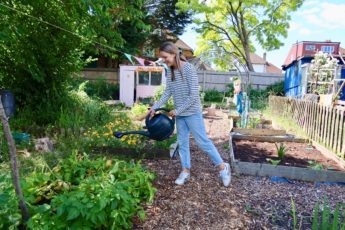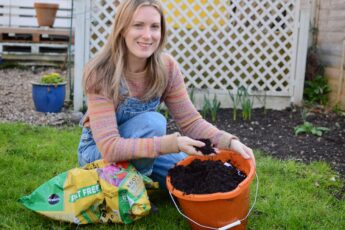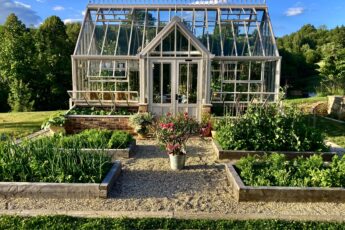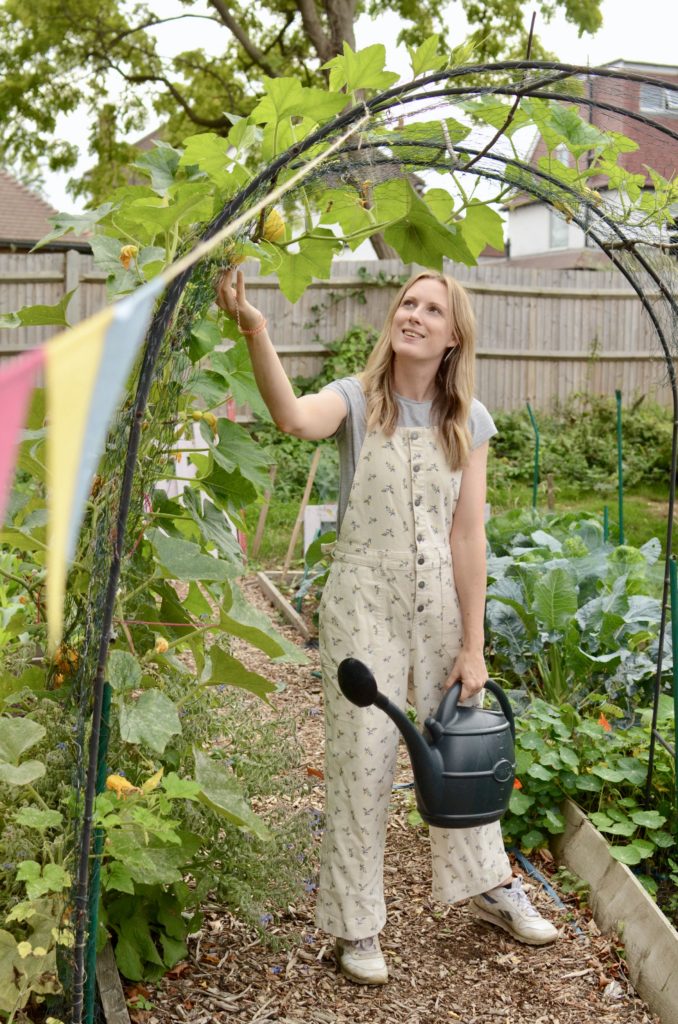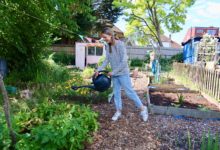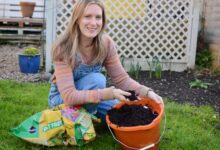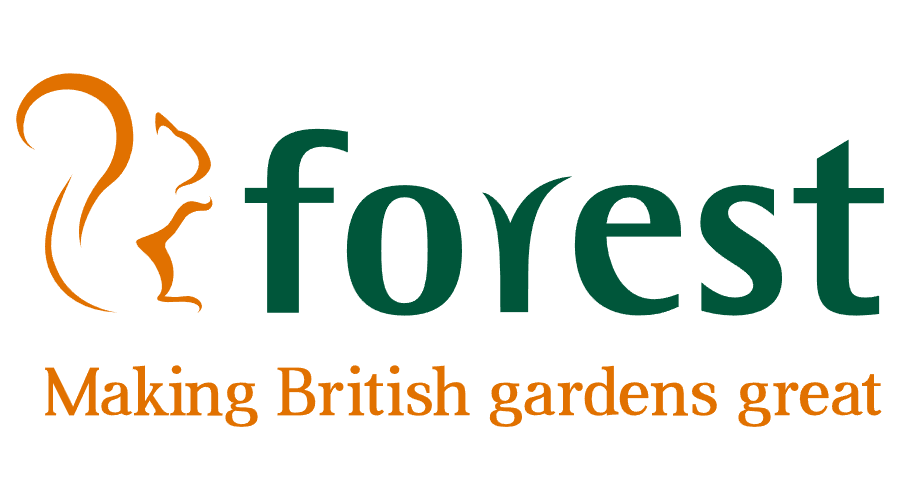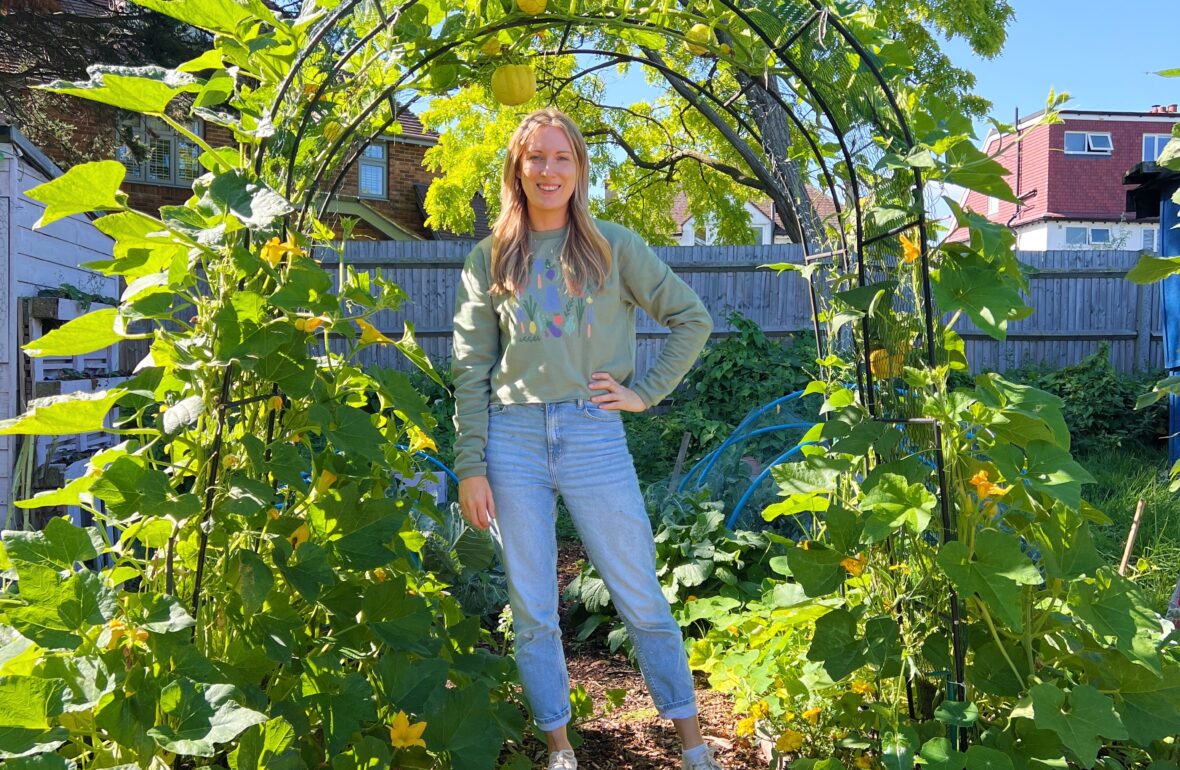
When it comes to allotment gardening, some crops definitely give you an abundance of harvests for months at a time. I think it’s good to have a mix of different crops at an allotment. What I mean by that, is make sure you grow some easy ones, ones that take care of themselves!
Tomatoes are great, but they take time and effort to ensure a good crop. You have to spray them and prune them and water them and keep them away from any sort of cold. And even then, you don’t always get a great crop because… that’s just the nature of growing your own food I’m afraid!
However, whack in some chard, some radish, kale and even runner beans and you can pretty much leave them to it! Go on holiday for 2 weeks, come back and marvel at the amount of harvest that will be ready for you to pick.
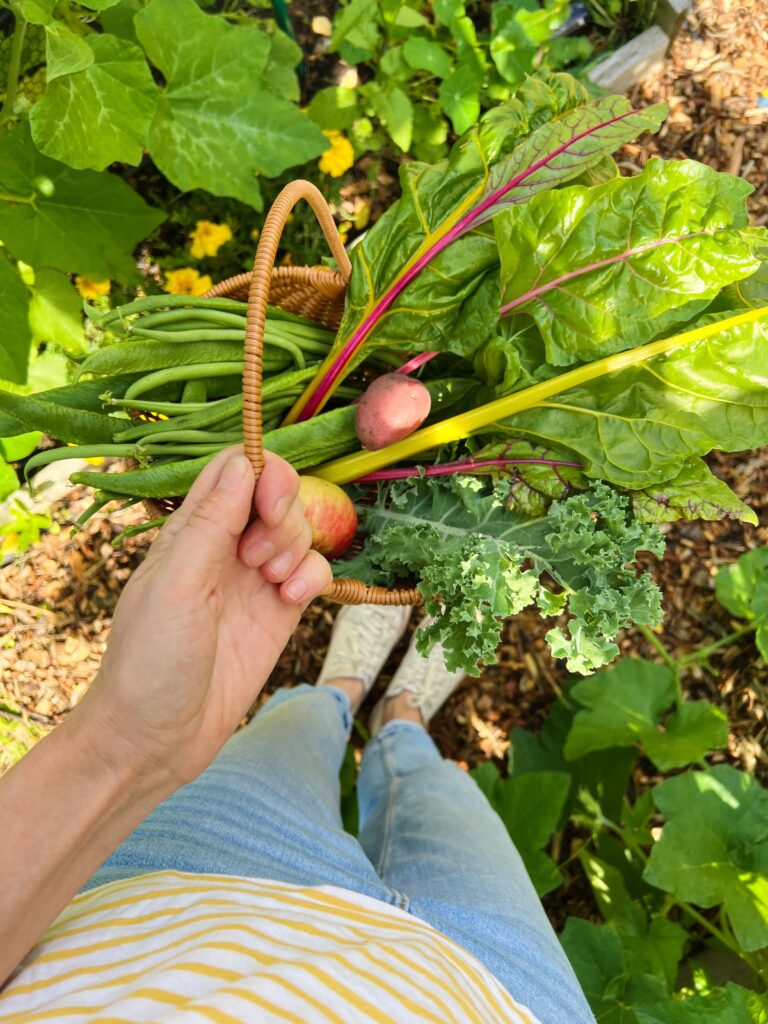
Crops that take low maintenance are your best friends at an allotment plot. The truth is, no matter how good your intentions, it’s likely that at some point you will neglect your allotment plot. Either you’ll get burn out after all the effort you put in over the spring time (it’s a very busy time, it happens!), or you will be unable to get there for whatever reason.
It’s always good to have things growing that can take care of themselves for longer periods of time. Perennial crops are fantastic at that. Perennial spinach, chard, fruit bushes, maybe even an apple tree or two. All these crops will be great assets to your beds, providing you with an abundance of harvest without asking for much in return.
Another way of ensuring fairly easy harvests is to plant longer growing crops. Any crop that takes months to provide a harvest instead of weeks will usually require slightly less maintenance in my experience. Sure, at first they might need a lot of protecting and netting and help to get going, but as soon as they reach a stage of maturity, they become better at protecting themselves.
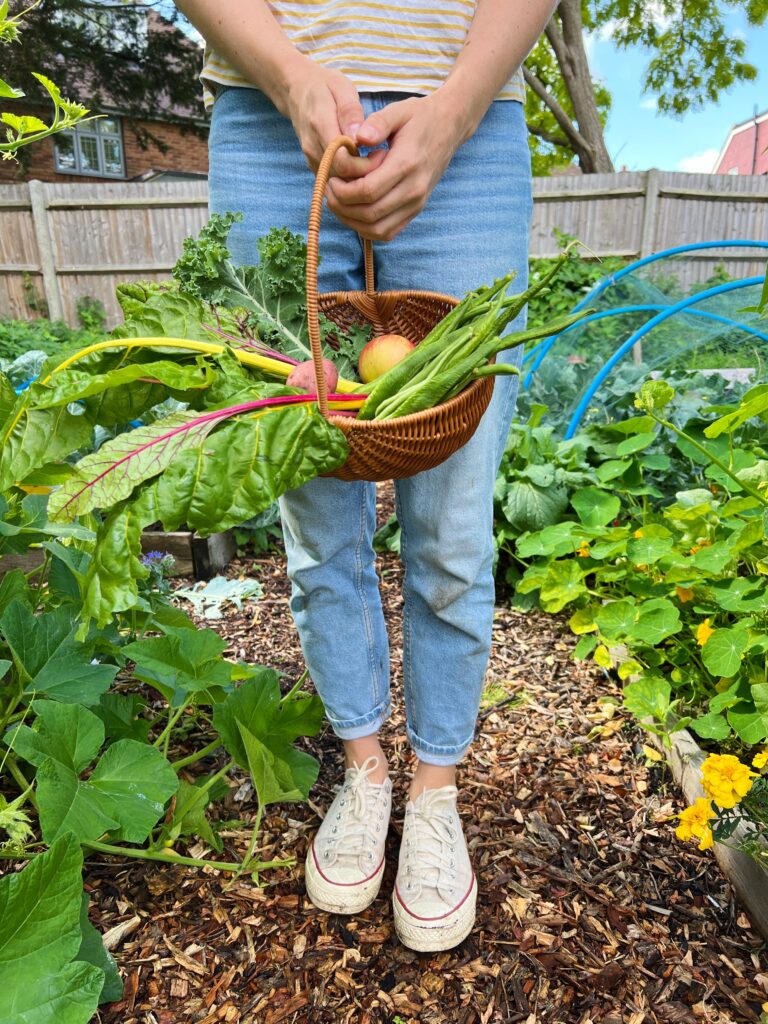
Planting in a few rows of carrots, parsnips and turnips are always a good idea. They require a lot of protection at the beginning because slugs love them as well as a lot of watering to ensure seeds don’t try out, but as soon as they get growing they just grow away! You can water them less (in fact it’s better to water them less because they grow bigger!) and just let them do their thing. If you want a constant harvest, succession sow the seeds every few weeks.
Pumpkins are one of my favourite crops to grow. I trust them like babies for the first few weeks, nurturing them, netting from birds, protecting from slugs, but as soon as they start climbing the archway they just do their thing! I can comfortably go on holiday knowing that they will most likely survive until I’m back, and I might even have a few ripe ones to pick too!
Another great easy harvest to try is cut flowers. Particularly, ones that happily come back year after year on their own, or any flowers that come from a tuber or bulb. That’s why Dahlias are such a popular choice at an allotment plot, once they get going they just keep flowering with your only job being to pick them!
I’m a big fan of Californian poppies and Cornflowers because they happily self seed and come back year after year without you even having to plant them! As long as you’re not too fussed with where they decide to pop up that is! I quite enjoy the more wild look in a garden, not only because it’s easier to maintain but also because wildlife love it!
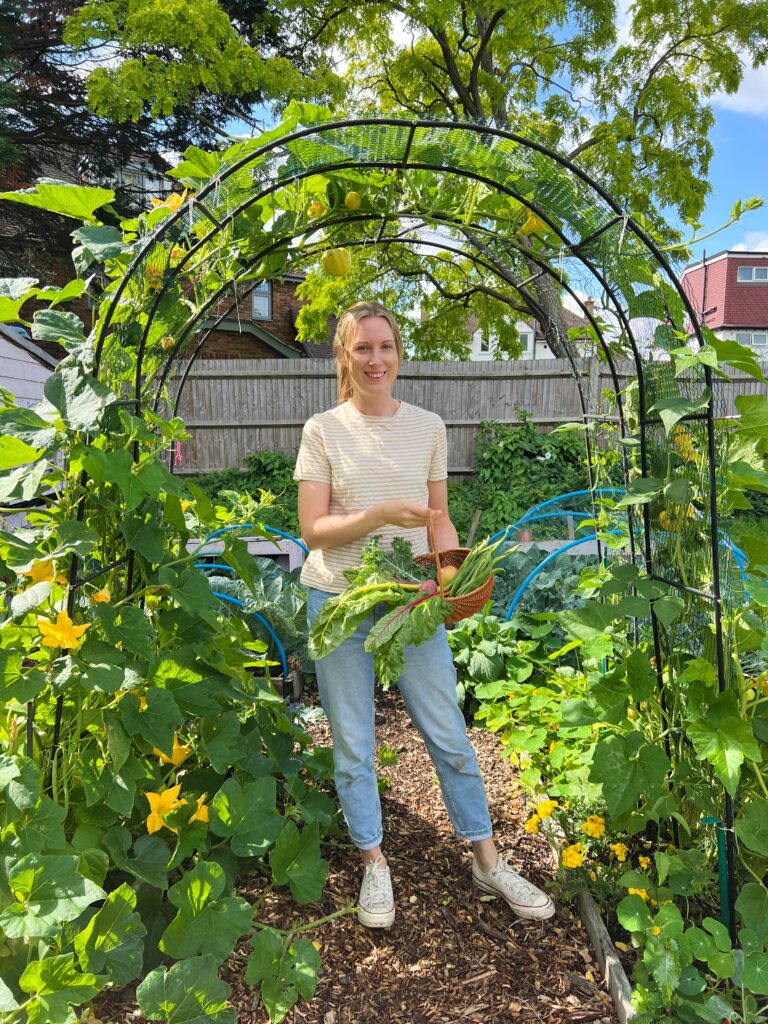
There are some crops you can grow at an allotment garden that will give you an abundance of harvests with very little hardworking. In my opinion, you definitely need a variety of crops to have successful harvests. Be sure to have perennials, longer growing crops as well as those more delicate vegetables that require a lot of nit-picking such as tomatoes, aubergines and summer loving beans.
And if you ever have a random spare bed that you don’t know what to do with and always ends up empty every year, whack in some strawberry plants. Not only will the spread all by themselves, you’ll end up with some pretty tasty harvests!


